When digitizing photographs, it can be temping to just focus on the humans. That can be a mistake. There can be clues to the time and place of the photograph in those non-human details. A church (or other building) in the background may help to identify the location or when the photograph was taken. Don’t remove the surrounding structures from the individuals in a photograph. Clouds and sky are usually fine to crop away.
My Aunt Adolphina, who lived in the late 19th and early 20th centuries in Illinois, occasionally went by the name of Phena (or Feeny, Pheenie, Feenie, etc.). There’s one reference to her as Josephine. In over other record, she’s listed as Adolphina (or Adolphena) or one of the variants of Phena. And it got me to wondering about the Josephine. Did she tell the clerk her name was Phena (since that’s apparently when she was referred to by most relatives and friends) and the clerk assumed that her name was actually Josephine? I’m not certain, but the one reference to Josephine when all other references are to Adolphena or Feenie have me wondering. Sometimes variant spellings or names are because someone in the records office made an assumption.
Many of my ancestors settled in areas where they knew people–either family or neighbors from back home. Those connections, often combined with economic, political, or cultural changes, resulted in many of our ancestors moving. But the move might not have been in response to a neighbor or relative moving. If your ancestor apparently picked up and moved to where he knew no one, is it possible he was responding to an advertisement? Speculators, land agents, promoted their projects and developments in a variety of ways–including newspapers. It might have been an advertisement that caused your ancestor to pick up and move to where he knew no one.
If you find a relative in a court record, do you know how to search for transcripts of testimony, petitions of plaintiff, responses of defendant, and other original court documents? Entries in journals and ledgers may only be part of the record and are a great place to start, but there may be more. The difficulty is that in some cases these records were never kept in the first place or they are no longer extant. But it is worth your while to find out. The local courthouse that houses the court record you’ve found is the first place to look. Local historical/genealogical societies may be able to give some guidance in addition to locals familiar with the records. Older records may have been transferred to the appropriate […]
While working on a Virginia family at the FamilySearch Library in Salt Lake City, I located some court records that partially explained a family and their relationships. It also confused me more than I already was about a few other things. I thought if I just kept looking at the information and beat my head against the wall (so to speak), I would eventually “figure it out” and the likely scenario would dawn on me. It didn’t. Time spent drawing out the possible scenarios was better spent looking for more records, crossing sources off my search list, etc. It’s usually best to wait until the research is complete to start trying to put it all together. Of course, one is going to conjecture and speculate as new materials […]
Remember that 1 January was not always the first day of the new year. A few links with more information:
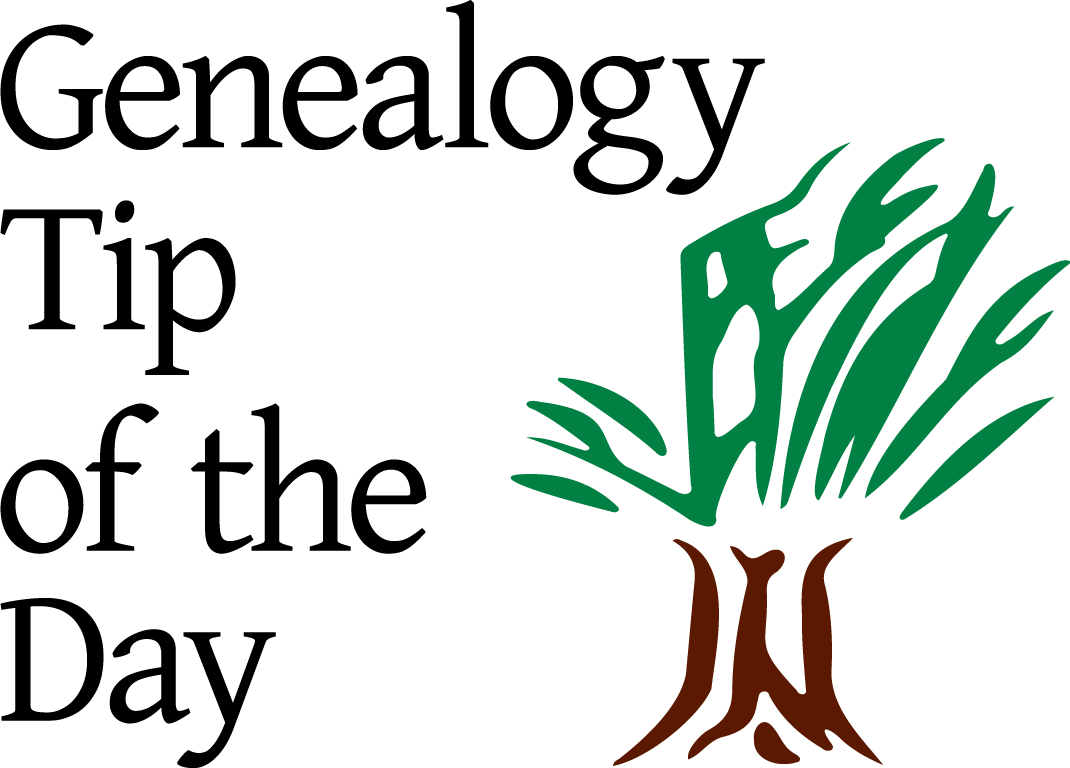
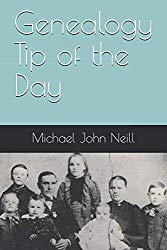
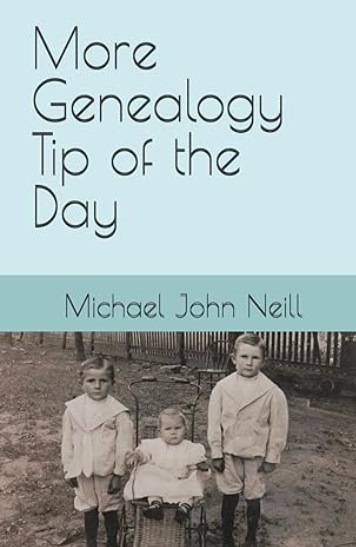


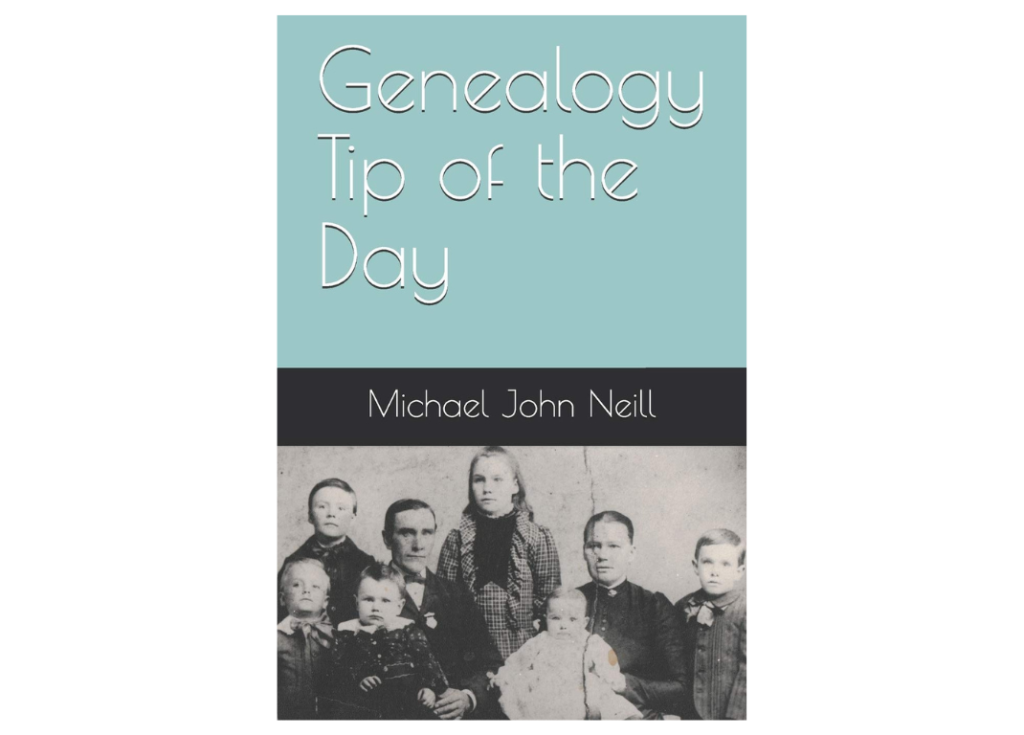
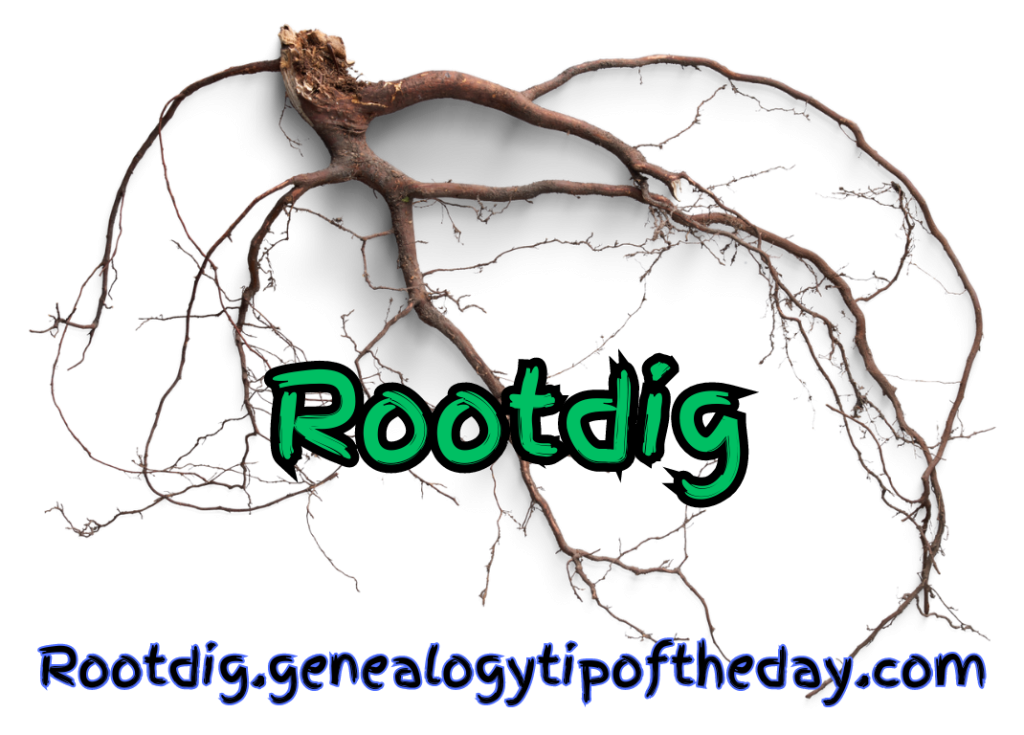

Recent Comments